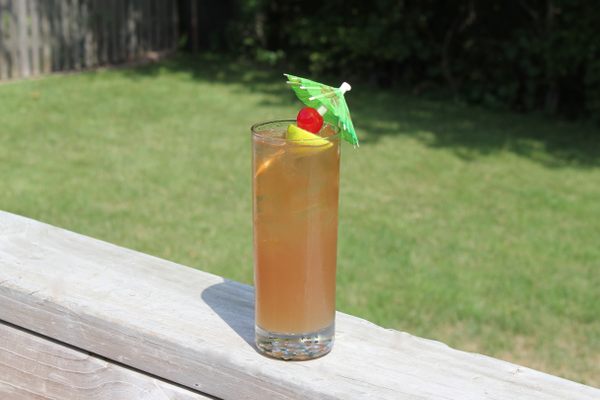Inside the Global Scotch Shortage
Who’s to blame for this horrifying situation? Time itself.
 This 12-year-old Glenlivet might be worth a fortune soon (Photo: Trollhead/Public Domain).
This 12-year-old Glenlivet might be worth a fortune soon (Photo: Trollhead/Public Domain).
Peak gas, peak oil…peak scotch?
CNNMoney reports that fans of single-malt Scotch are in for a hangover, as the global boom in whisky consumption has triggered a shortage in aged Scotch, with distilleries scrambling to meet demand. “The shortage of old and rare single malt,” CNN says, “has already started, and it’s going to get worse.”
Booze-loving Cassandras have been warning of Scotch and other whisky shortages for the past two years. In 2014, the main concern was bourbon; as the liquor experienced an uptick in popularity, distilleries began to struggle to keep up with demand. The problem was so severe that Buffalo Trace Distillery released a public statement outlining their efforts to address the shortage. Wood shortages for making aging barrels compounded the matter, leading some to call for legal changes to allow Tennessee whisky barrels to be re-used; this in turn alarmed Scotch distilleries, who often purchase used bourbon and whisky barrels for their aging processes. Prices for older bottles skyrocketed—according to a 2014 Esquire article, a bottle of Pappy Van Winkle 15 that went for $47 in 2007 cost a whopping $982 in 2014.

Whisky’s continued popularity—U.S. sales tripled from 2002 to 2015, global exports jumped 159 percent between 2004 and 2014, and 20 percent of all Scotch exports now go to Asia, according to CNNMoney—are translating into ongoing production shortages and price jumps this year.
The persistent shortages are essentially a temporal problem. Scotch production is a lengthy process: all Scotch is required by law to be aged for at least three years, and the best Scotch is aged much longer. This means distillers in the 1980s and 1990s had to guess how much Scotch they’d be selling this year—and back then, Scotch was something your grandpa drank, not the effortlessly cool cast of Mad Men. As Esquire concludes, the need to blind-guess future demand means the history of Scotch and other whiskies is full of ups and downs, as spikes in demand lead to inventory depletion, in turn decreasing the drink’s popularity and causing production to scale back. In fact, as this 2014 infographic explains, American whisky overproduction after 1945 led to many distilleries closing due to excess supply in the 1980s—the very distilleries that could be filling store shelves with 30-year vintages today.
However, Scotch producers are still making sure they have something to put on the shelves. A Wall Street Journal article in late January explained the various inventory management strategies distilleries are implementing to ensure no glass remains empty. Brands like Macallan are introducing so-called “ageless malts”—bottles with no age indicated, meaning they were aged the minimum three years but likely not as long as the preferred 10, 12, or 15 years. Macallan is also running its distilleries 24/7, CNNMoney points out, and will open a new distillery in 2018—although it won’t produce its first bottle until 2021.
It’s not quite all doom and gloom, as the state of the Scotch market is making some people very rich. Rickesh Kishnani has started the world’s first whisky investment fund, which has gone up 26 percent in value since 2014. According to the Investment Grade Scotch Whisky Index, whisky is beating other assets in auction price increases. Experts think that prices will plateau in a few years, but “definitely still have further to go.”
At least we’ll always be able to watch Nick Offerman enjoy Scotch (Video: My Tales of Whisky Official)







Follow us on Twitter to get the latest on the world's hidden wonders.
Like us on Facebook to get the latest on the world's hidden wonders.
Follow us on Twitter Like us on Facebook